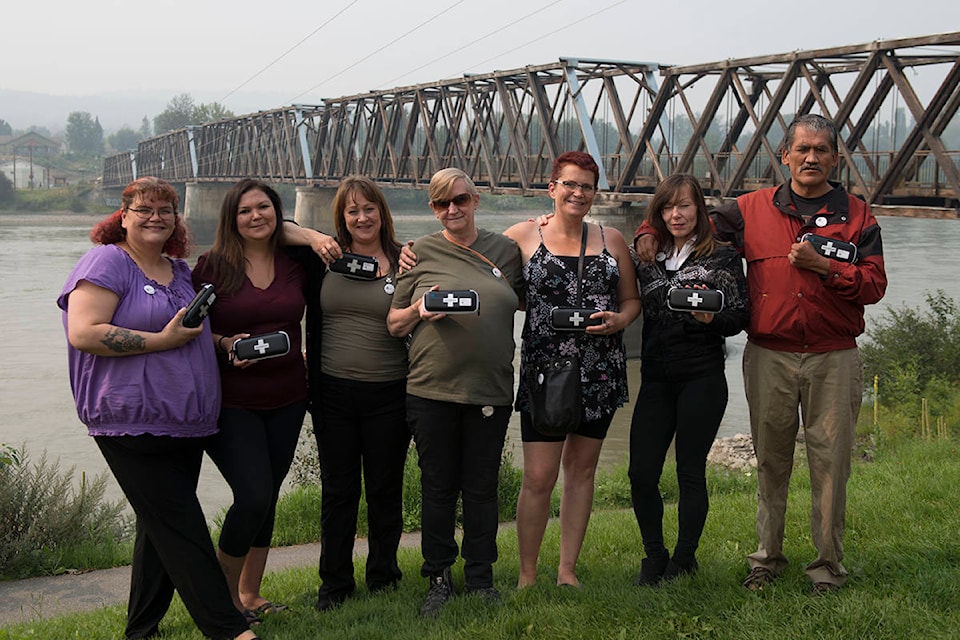When people hear the words “harm reduction,” personal beliefs and misunderstandings can hide their meaning.
From a social and medical view, harm reduction is a central piece of our health care system. Harm reduction accepts that people have engaged in drug use and sexual activity across cultures and over time — even if there is some risk of harm from these activities.
Due to this fact, harm reduction looks at how to reduce harms from drug use and sexual activity by empowering and supporting people to be as safe and healthy as possible. It also provides them with health care services and referrals and reduces the effect risky behaviours have on communities.
Supporters of harm reduction have a firm belief in the value of all human life.
They believe that every person has the right to the best health possible. They believe people should be treated with respect, regardless of their lot in life. Often, harms linked with substance use aren’t the user’s fault. The harms may have direct connection with the judgment of others, and the outlawing of people who use substances. Although it is easy to shame folks for engaging in risky behaviour, harm reduction is central to individual and community safety.
An example of a research-based harm reduction program is needle distribution. Needle distribution programs collect used needles and hand out sterile ones. This helps keep individuals and communities safe by keeping the risk of HIV, hepatitis C and other infections very low.
Some programs provide users with an on-site nurse. Many teach users how to take care of their bodies. Others provide referrals for detox, rehab and mental health services.
In B.C., many needle distribution programs work with the Take Home Naloxone Program to help hand out narcan (naloxone). Narcan training helps drug users, their friends and their family prevent opiate-related overdose death.
From a health care angle, needle distribution programs have the goal of stopping the spread of Hep C, HIV and other diseases. In the past, some programs required an exchange of a single used needle for a sterile one. This practice has proven ineffective. Evidence shows that a one-to-one exchange of needles increases the chance of people sharing or re-using needles, which increases the risk of infection.
There is no evidence that a needle distribution program increases the amount of needles found in community. In reality, to lessen the amount of community needle stick incidents, needle distribution programs can help through needle pick up days. Needle pick up ensures fewer needles are on the sidewalk and in parks and playgrounds.
Another example of research-based harm reduction services that help keep communities safe are supervised injection facilities. These are safe spaces where people can go to use drugs. They keep people who use drugs off the street and prevent overdoses and the use of broken or dirty supplies. These spaces offer a chance for treatment referrals and a central place to dispose used supplies. They also offer a way to engage people with health care and naloxone training. Not only is this much safer for people who use substances, but it is also safer for the entire community.
The war on drugs has continued for over a century. Today, there are more drugs available for cheaper and more people using them than ever before. Clearly, our restrictive strategies have not been effective in reducing drug use and creating safer communities. It is time to find a different approach. B.C. is currently facing a public health emergency, and it is time that everyone works together to create safe spaces and save lives.
This column is brought to you courtesy of the Coalition of Substance Users Organization (CSUN). It is the first of four columns the CSUN will be contributing to the Observer.
